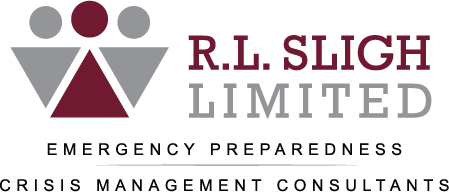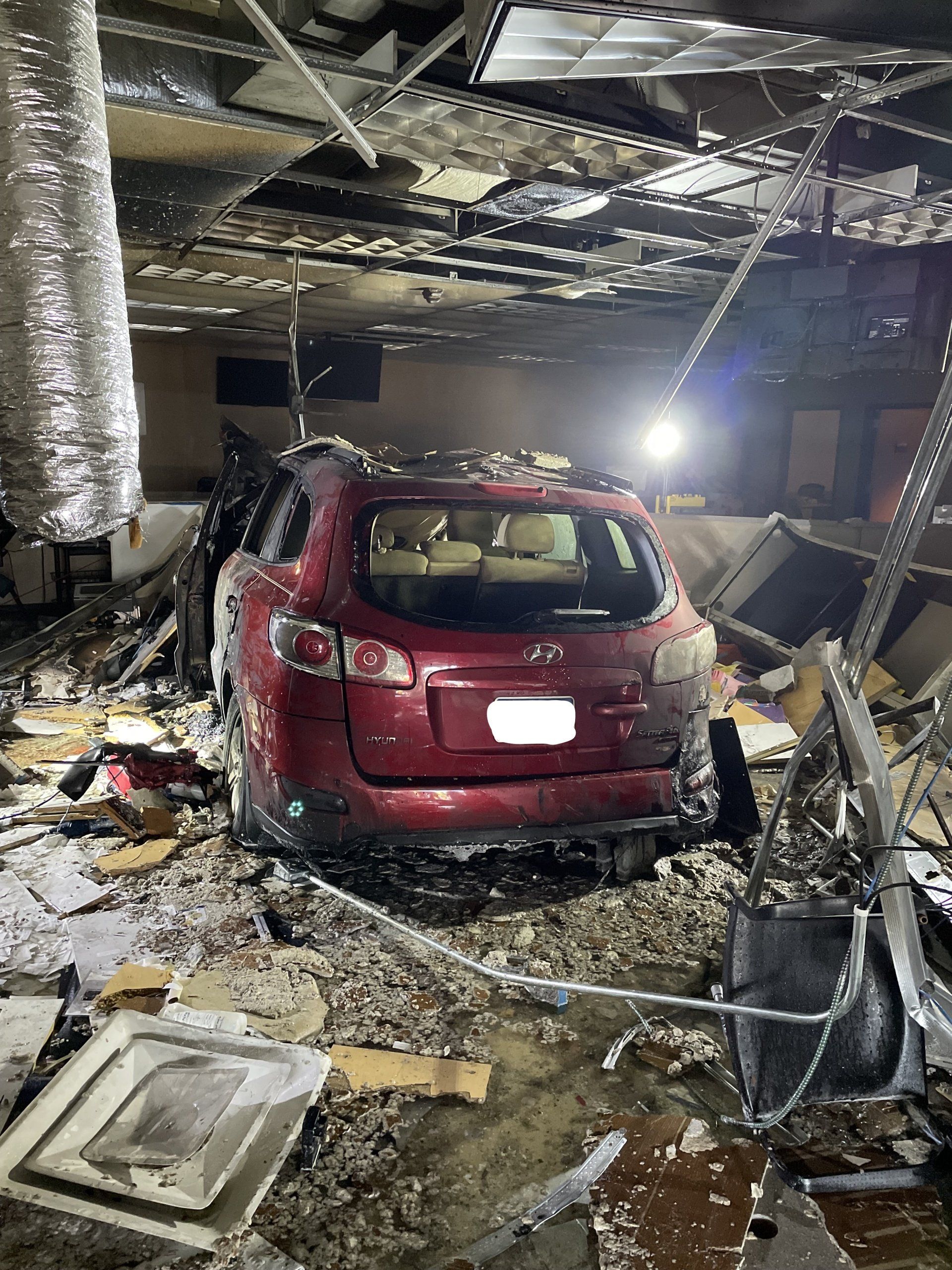Resistent, Resilient, or Toast
Disaster planning is about ensuring the organization is resilient. To provide the organization the best possible chance of surviving a catastrophic incident. I use the three words in the title to describe the level of capability an organization has to manage a catastrophic incident. Using a boxing analogy, allow me to explain.
Resistant
Assume I was in the boxing ring opposing Mike Tyson. It is my hope that I will be resistant. This means Mike punches me in the face and I smile and keep going. I am not phased. I continue with my routine with little to no effect. I am resistant to his punches. We are resistant to various incidents each day. We find them mildly annoying but they otherwise have no effect on us. Examples may include heavier than normal rush-hour traffic, routine scheduled maintenance on production equipment, or a meeting that goes longer than expected cutting into your lunch hour.
Resilient
If I am not resistant, I want to be resilient. I am in the ring with Mike Tyson, he punches me in the face and I go down. However, I quickly recover and proceed to the new normal. Why a new normal? Because things have changed and the old normal is gone forever. I cannot change the fact I sustained a hit, I cannot change the fact I was knocked down, I cannot change the fact I was hurt. The best I could hope for is a fast recovery and proceed with my mission. If I can recover from the hit, I will demonstrate resilience. In fact, the faster the recovery, the more resilient I am. What makes me resilient? Planning, being in good physical condition, preparing for the contest. Additionally, it requires an analysis of the risks I face when entering the ring with Mike Tyson.
Toast
The reality is if I were to enter into the ring with Mike Tyson and he hit me I would be lucky to wake up. It will be a victory for me to be able to feed and clothe myself. If you took the time to watch the proceeding video, you witnessed two professional fighters in the ring. There were no surprises. It’s not like one was ambushed by the other. Both had some level of expectation when they entered the ring. Yet, one landed a devastating punch on the other, from which she was unable to recover. The boxer was on the mat unaware of her surroundings and not in control of her faculties. Recovery would take an extended amount of time at best. She was toast!
Conclusion
I can avoid the risks of being knocked unconscious by Mike Tyson. Risk avoidance is a strategy we will discuss in a later post. Boxing is not an element of the environment in which I live and work, therefore avoidance is easy. Each of our organizations operate within an environment wrought with risks. Some of these risks we cannot avoid. We must use a strategy other than avoidance to manage these risks.
What level of capability does your organization have to manage a catastrophic incident? Have you correctly identified the risks to your organization? What are your strategies for managing these risks?
I have heard owners/operators say “I have a plan”. A plan is a good starting point, however it is only a starting point. “Everyone has a plan until they get punched in the mouth”, ironically this is a Mike Tyson quote.
We can assist you with preparations for a devastating incident. We can increase your resilience. Do you have a continuity of operations plan (COOP) in place? If not, why not? If you do have a plan, when was it last revised? What has changed since the plan was developed? When was the last time you placed that plan to the test?
Please feel free to contact us if you have any questions, comments, or concerns
"BECAUSE HOPE IS NOT A STRATEGY AND FAILURE IS NOT AN OPTION"
CONTACT US
+724-601-2523
darryl.jones@rlshigh.com
147 Aidan Court
Pittsburgh, PA, 15226
ABOUT
PROGRAMS
JOIN OUR MONTHLY NEWSLETTER
Contact Us
We will get back to you as soon as possible.
Please try again later.



